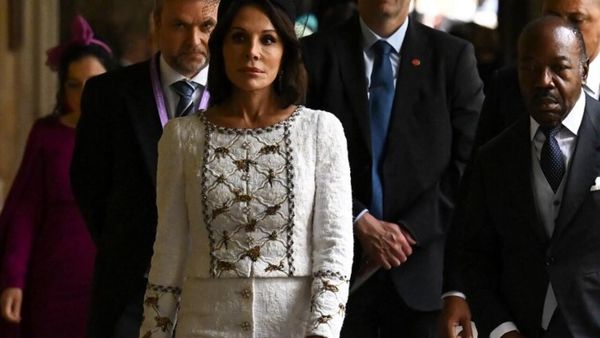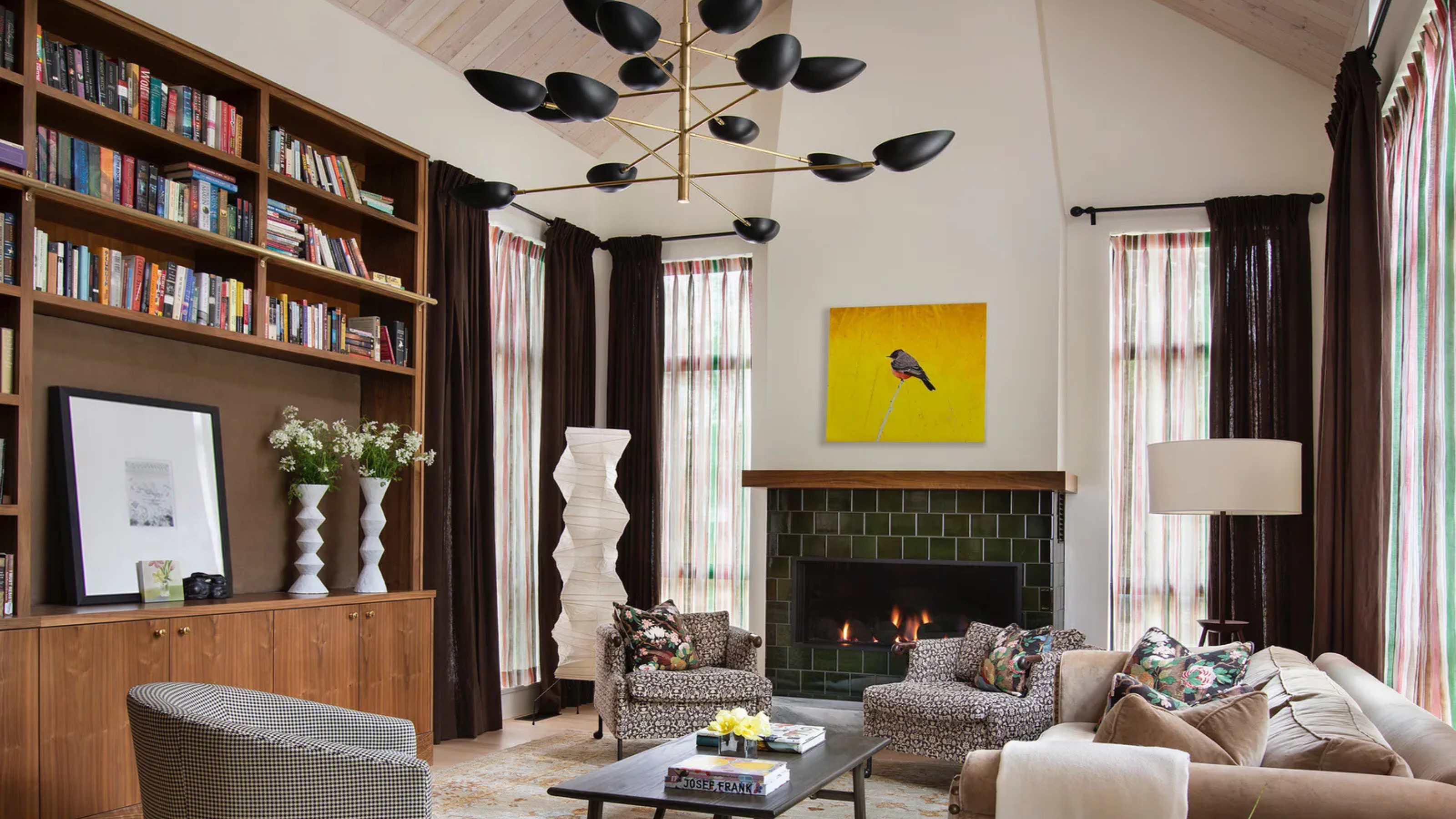
My best friend just moved into an apartment with her boyfriend of six years. Everything was going good, until they came across a major issue: they have completely different tastes when it comes to decorating.
My friend keeps up with all the latest interior design trends, and has her own distinct sense of personal style. It's apparent throughout their apartment, until you come across the 'boyfriend corner'. Here, you'll find an old desk decorated with vintage glass figurines, a poster of his favorite football team, and a strange floor lamp I won't do the disservice of trying to describe.
Now, they're certainly not the first couple to encounter this problem after moving in together. Being able to seamlessly mix interior design styles is a skill. But want to know who can do it well? Interior designers. Particularly, interior designers who live together. Below, I asked Brittney Hart and Justin Capuco, the duo behind Husband Wife Studio, and the iconic Bob and Cortney Novogratz, for their help.
Tip 1: Find Common Ground
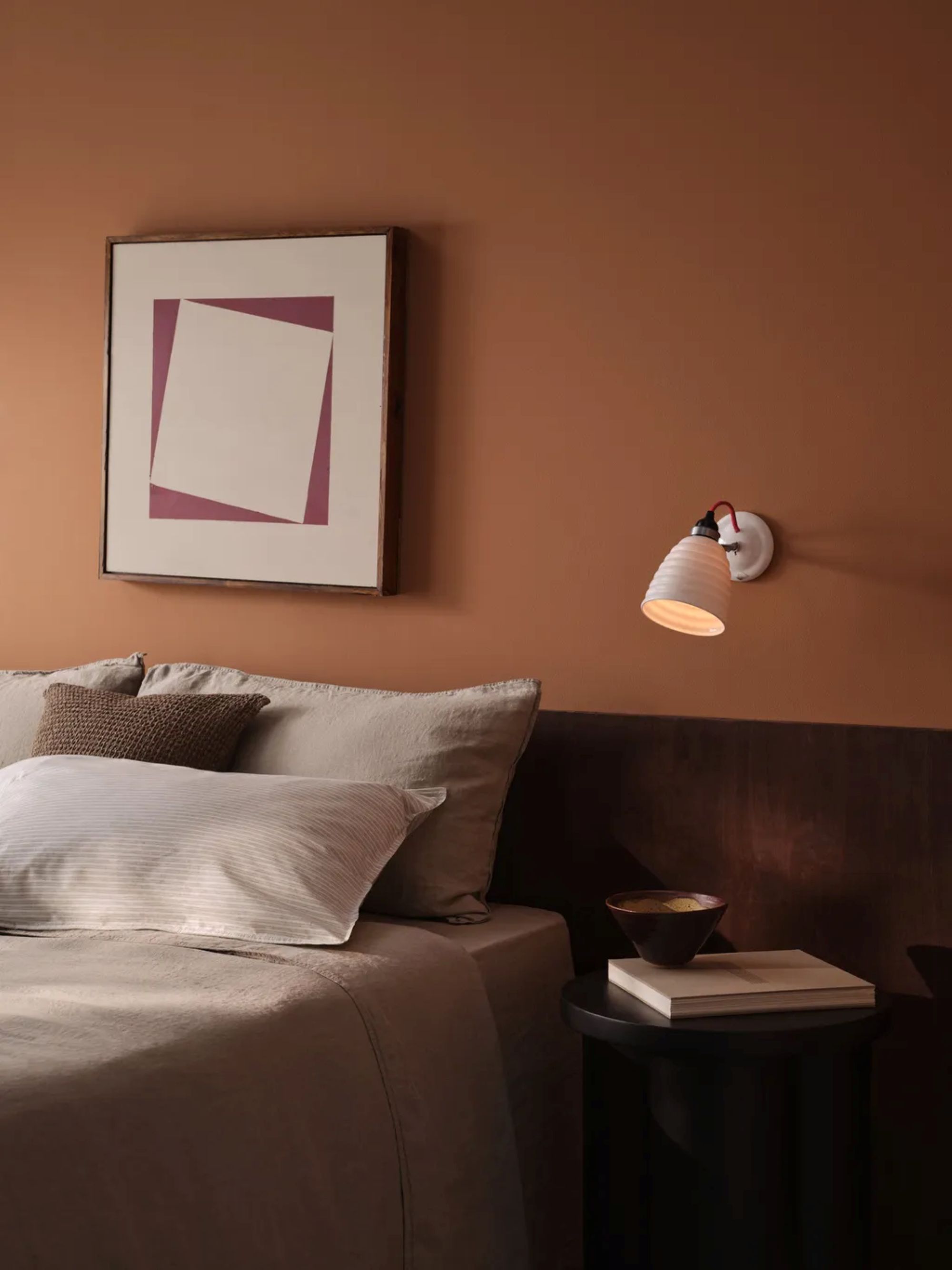
The best place to start when mixing interior design styles is by finding some common ground. Sometimes, though, that's easier said than done.
Brittney Hart and Justin Capuco, partners in life and work (they share New York design studio, Husband Wife) encourage their clients to start by individually finding images that speak to their own sense of style.
"We then construct the larger plot of the project by finding the aesthetic overlap between the two perspectives," they tell me. "Once you have that loose framework, it helps inform everything else."
Another way to find common ground is to reflect on your relationship, says designers Bob and Cortney Novogratz. They like to encourage clients to think back to the best design hotel they've stayed at, or a restaurant they went to and both enjoyed — and to use that as their inspiration, pulling colors, furnishings, and design elements they both liked.
If you and your partner love a dramatic statement, choose a bold paint color like Farrow & Ball's Marmelo. This color has red undertones that subtly peak through the brown and orange finish.
Tip 2: Contrast Is Key
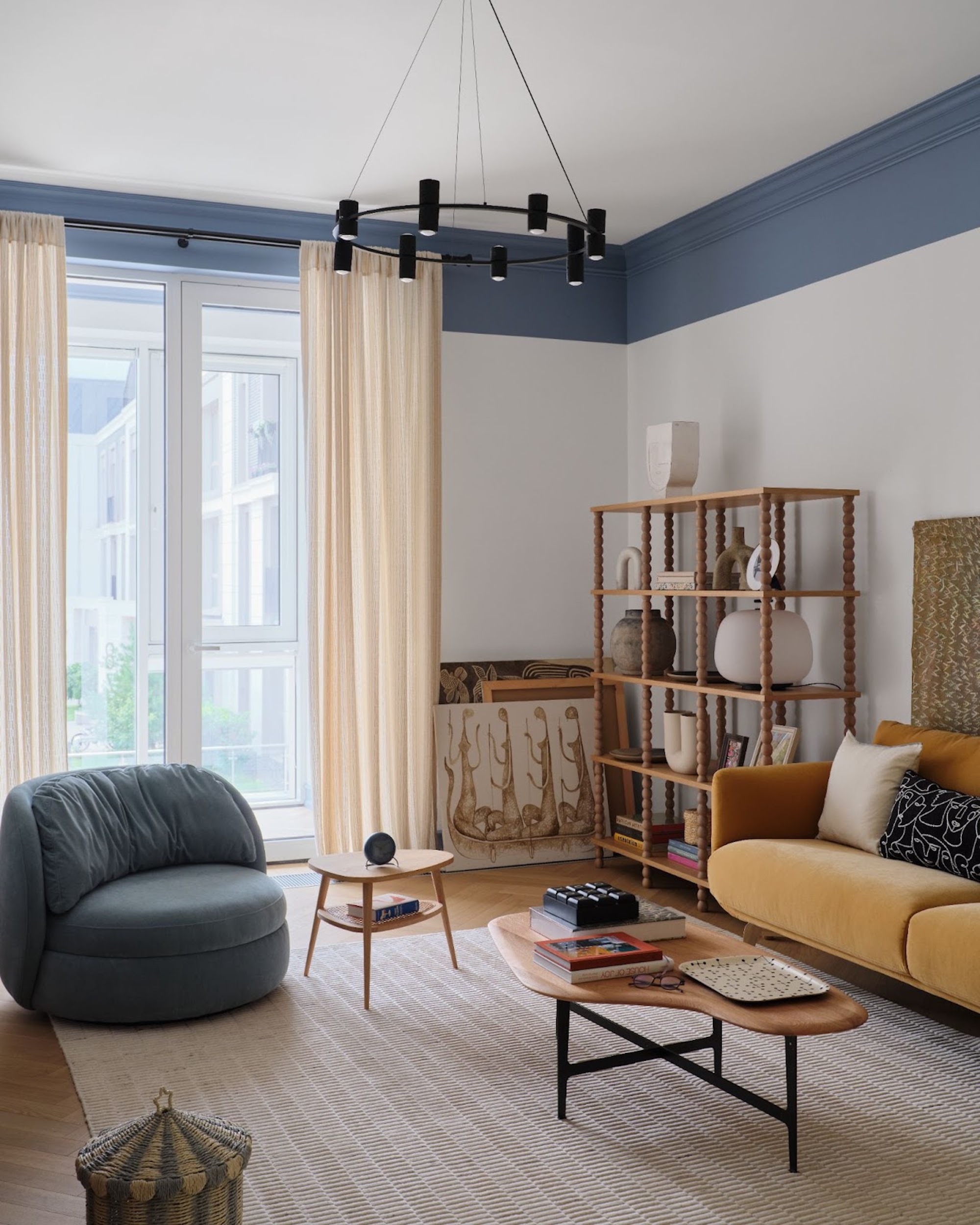
Once you start selecting furnishings and other decorations for your space, don't be afraid of your differences, but rather lean into the contrast between you and your partner's design styles. "Contrast in design is where the magic happens," says Bob and Cortney.
And Brittney and Justin agree — "A sense of duality throughout a home is a beautiful thing," they say. "That juxtaposition is what we're always after in our work."
Think about it this way: the differences in your personalities is likely what keeps your relationship interesting, so the same can go for your interior choices. Don't try to hide one side, but rather find ways to let each shine evenly (and that means not confining their 'style' to one cramped corner of the home).
Instead, as you decorate, strive for a balanced mix of both styles. "We always bring in bold color, vintage pieces, and personal art to help both people feel represented," Bob and Cortney explain. "Design should reflect the life you’re building together."
Vintage pieces that speak to your taste can make a statement in interior design — regardless of their size. These marble bookends might be small, but their unique style can reflect your taste in the space you design with your partner.
Tip 3: Be Open to Compromise
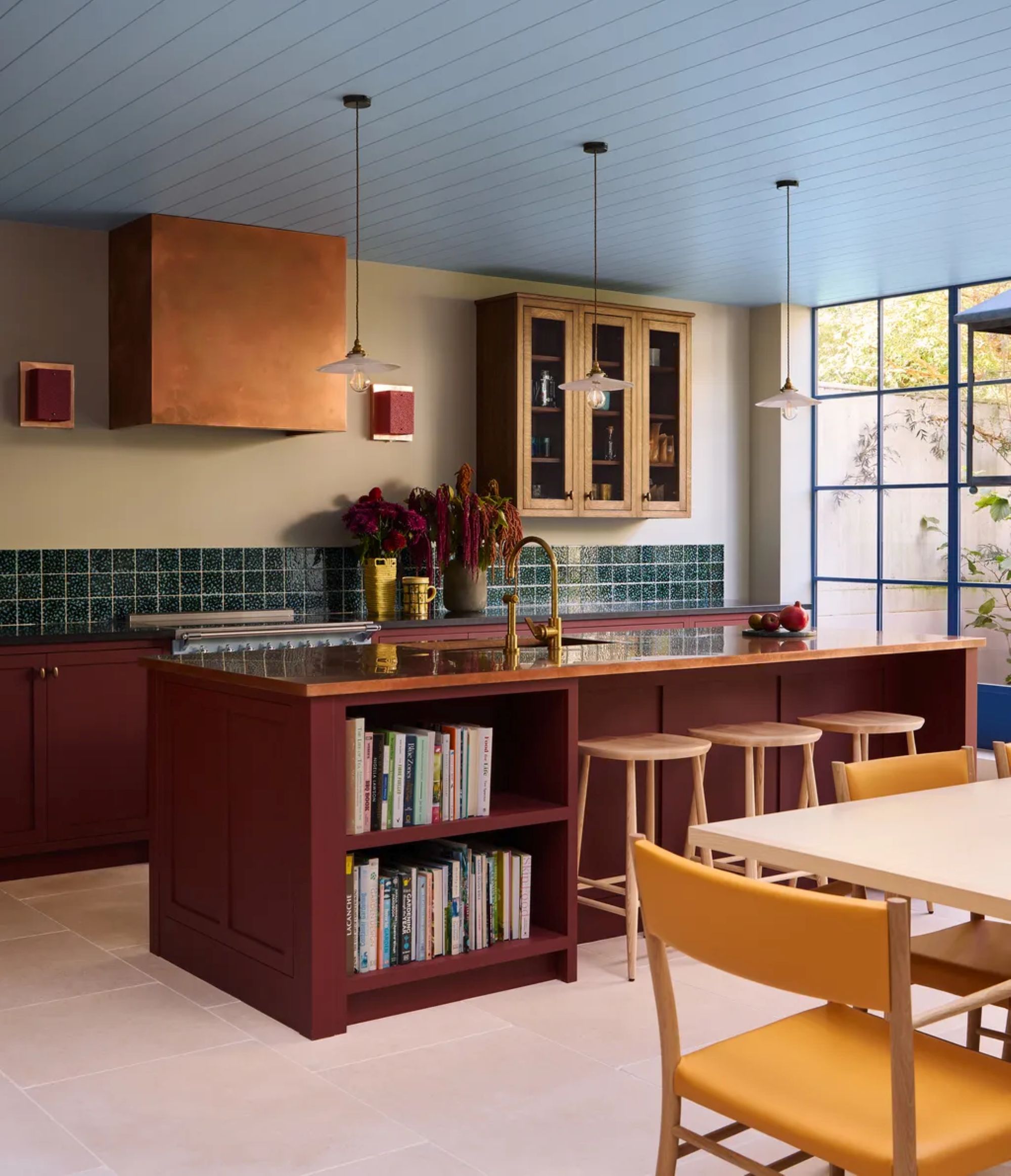
I don't claim to be an expert, but I do know that relationships are all about love, respect, and a lot of compromise. So the same should go when designing your space.
While compromising the aesthetics of your space might make you squirm, it can actually be advantageous to the final result, says Brittney and Justin. "With something as subjective and emotional as design, no two people will ever mirror each other's exact opinions, and in the long run that's always a good thing," they say. "Do your best to reframe compromise as a strength, not a sacrifice."
Another way to go about mixing interior design styles is by breaking up different areas of the home depending on who uses the space more. For example, if one person spends more time in the home office, let them dictate the design of it. For larger shared space, such as a living room or kitchen, it's all about compromise — unless someone has a really clear vision for it, then often it's best to let them take the lead, the designers agree.
Style a space like your kitchen with pretty cookbooks that remind you of a restaurant you visited together, like Ottolenghi's.
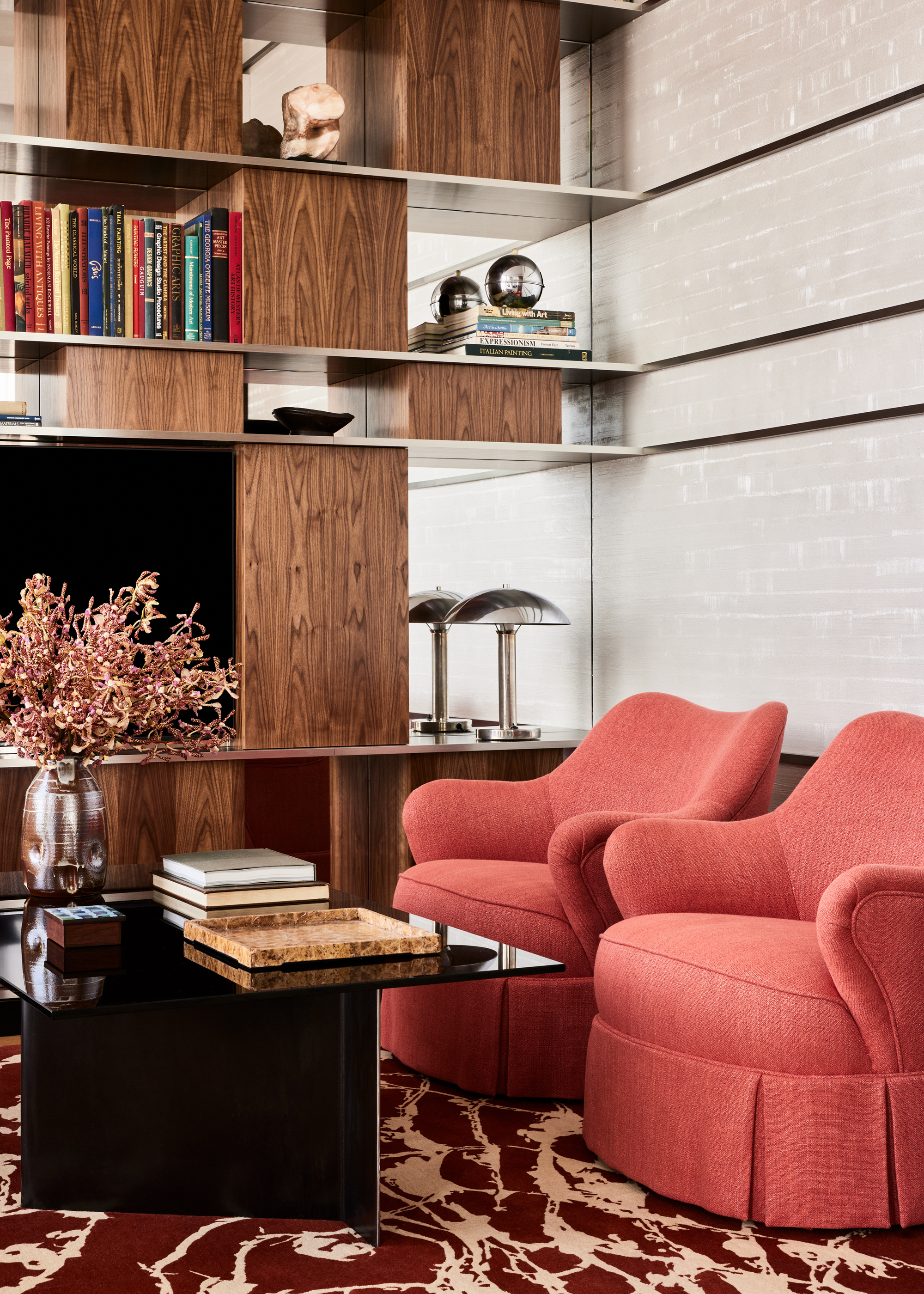
So, as my best friend starts the long process of styling her apartment, I've encouraged her to do it with her boyfriend, rather than just banishing his belongings to one corner. (Although, I think the posters and questionable choice of lighting call for a deeper conversation...)
Remember, blending your different tastes and mixing interior design styles is what helps make a house feel, not just like a home, but your home. It honors the life you're building together, so you should really do it together.
But that's when it comes to styling. Building and DIY-ing is a completely different conversation, and there are some home renovation projects you should never do by yourself — let alone with your partner. Consider yourself officially warned.




